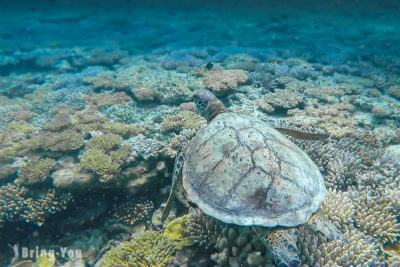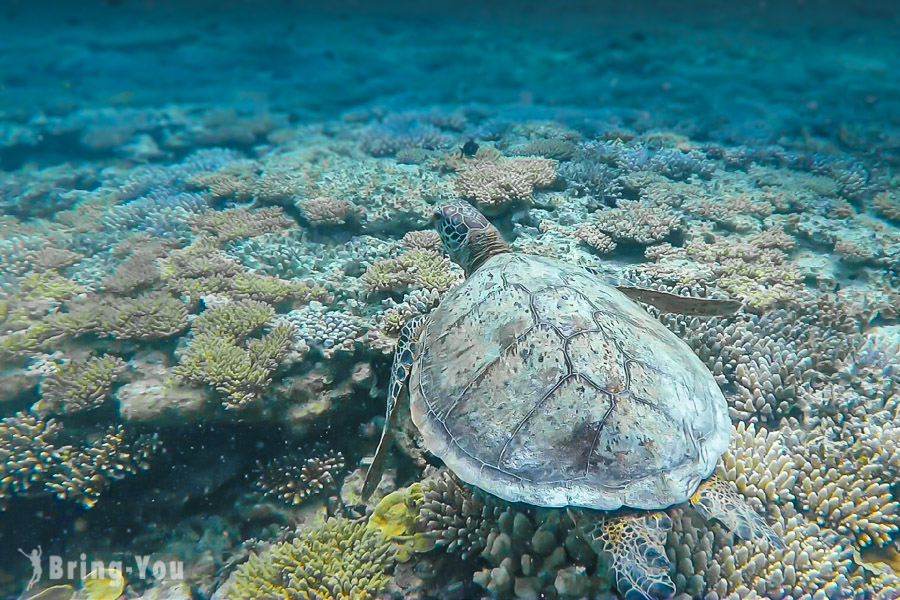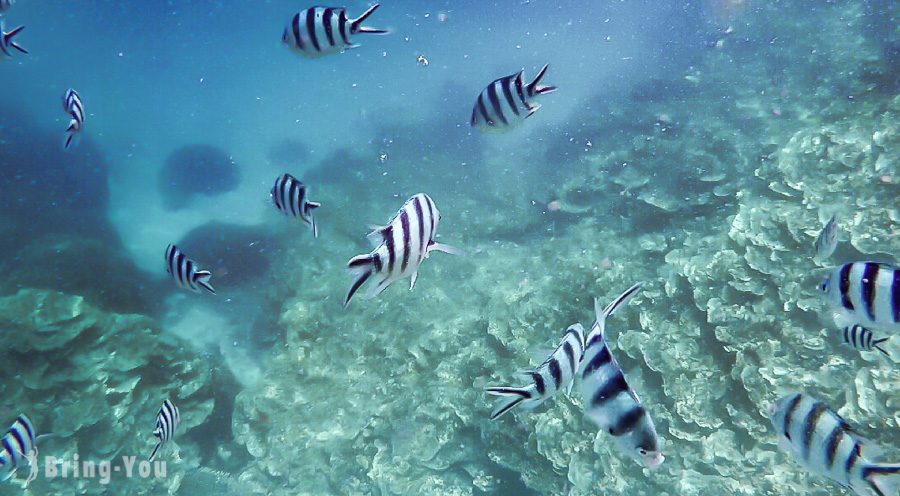
If we have to name three things we know about Australia before actually visiting the country, they must be koalas, the roos, and the ” Great Barrier Reef “.
As part of our one-month discovery across this beautiful island country, we roamed through the east coast of Australia, hoping to admire the Great Barrier Reef at its finest. And beyond expectation, the Great Barrier Reef completely had us in awe, especially when we went under the sea to snorkel and watched the mating turtles on land.
But as you may have heard, the bleaching at the Great Barrier Reef has a bad rap! In the past two decades, this big boy has been bleached over 90%. If this scenario is not going to stop anytime soon, the corals will struggle to reproduce and the entire reef ecosystems will deteriorate.
But hey, don’t let this sad reality hold us back in tears! If you can, pack your bags and venture out to see this magnificent natural wonder as soon as you can! Here’s a perfect travel guide to see the coral reefs, where to stay, what to do, and some insightful tips to get you ready!
Why Is the Great Barrier Reef So Special?
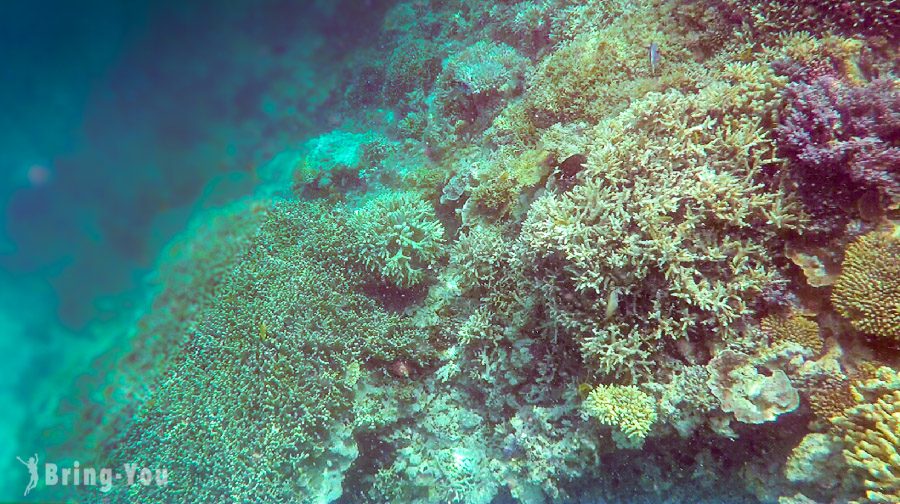
Going beyond its marvelous size and impressive marine wildlife attached to it, the Great Barrier Reef beckons hordes of divers, swimmers, and snorkelers to indulge in this otherworldly seascape.
It’s known as the world’s largest coral reef ecosystem with over 2900 separate coral reefs co-living. Just sit back and think about it! The Great Barrier Reef is an extensive network of deep-water canyons, plateaux, slopes, and channels. And they all co-exist on an enormous seagrass bed that spans 6000 square meters.
Where Is the Best Location to See the Great Barrier Reef?
The reef occupies a whopping length of over 2300 kilometers, stretching along the Queensland coastline from Bundaberg to the tip of Cape York. However, the best location to see the Great Barrier Reef boils down to where the bleaching impact is at its least.
The northern side of the Great Barrier Reef is heavily affected. In the south from Bundaberg through to Gladstone and all the way up the Capricorn Coast, the low water temperature slows down the bleaching speed, making it one of the best areas to depart and snorkel to see the Great Barrier Reef.
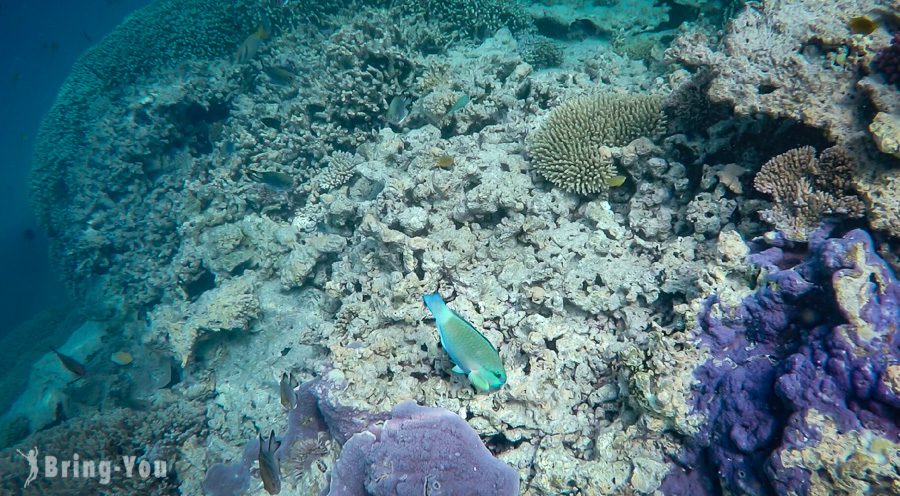
If you set out from the south, we suggest starting from Bundaberg. It’s best to join a tour to avoid the hassle of self-navigating. The southern part of the Great Barrier Reef is home to plenty of awe-inspiring dive and snorkel sites. Or if you like to take it easy, you can watch turtles nest and hatch at Mon Repos and wind down at some of the ecotourism island resorts.
While many people base around Cairns, we decided to go off the radar and visit Lady Musgrave in a three-day Great Barrier Reef tour instead to explore the southernmost tip of the reef.
Lady Musgrave Experience Boat Ride
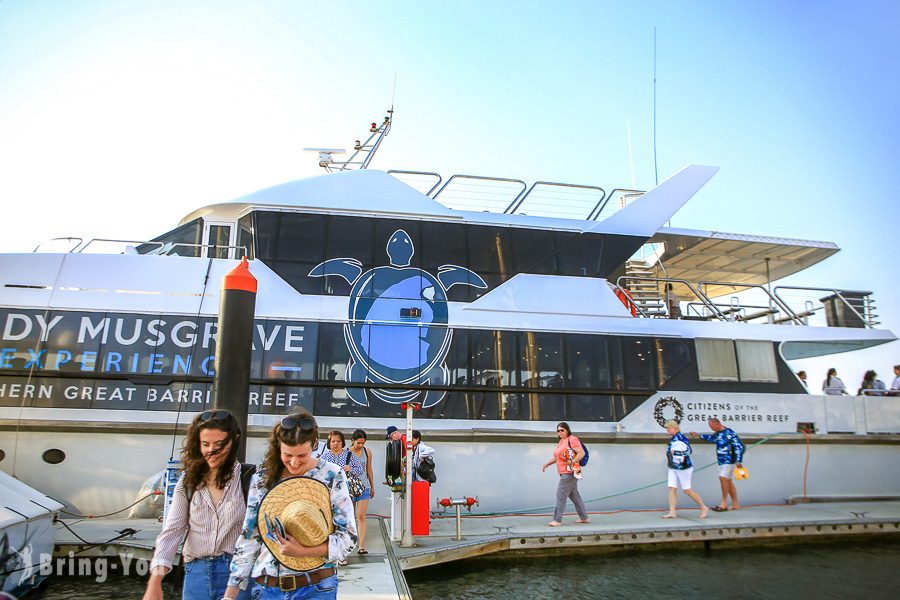
We signed up for a three-day Great Barrier Reef Tour and boarded at Bundaberg Port Marina. It took us about an hour or so to get to the Island. This tour is perfect for those who stay in Brisbane or the Gold Coast, and you will spend the nights at Kelly’s Beach Resort in Queensland.
The tour is legit and we really enjoyed it! We loved the way everything was sorted out to avoid lots of unwanted hassle. It includes pretty much everything you need to explore the reef like snorkeling, island hopping to Lady Musgrave on a glass-bottom boat, whale watching, turtle hatching, and bird watching.
The only thing to keep in mind is that the water can be rough sometimes. So make sure to get some meds ready before boarding if you experience seasickness.
Our tip for you is to stick with the outdoor space, chill around the open-top deck and get some fresh air instead of curling up indoors when the air-con is on. Hanging out in the sun, watching the seascape, and letting the sun kiss on your skin are some of the best natural remedies besides taking meds.
Lady Musgrave Island: What to Expect?
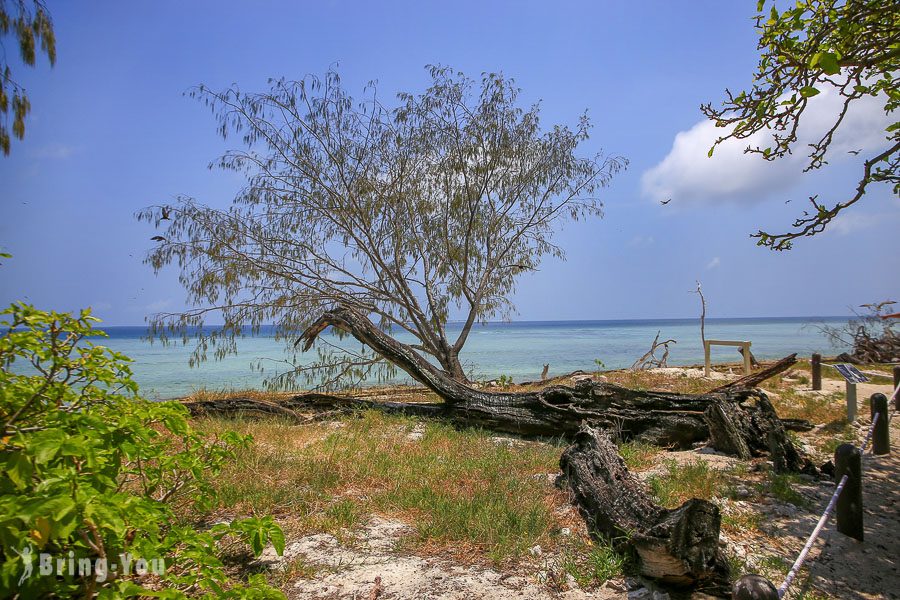
Visiting Lady Musgrave Island on a glass-bottom boat is the highlight of the trip for sure. We started in the morning for bird watching and forest bathing before snorkeling later in the day. The excursion soaring through the ocean was marvelous.
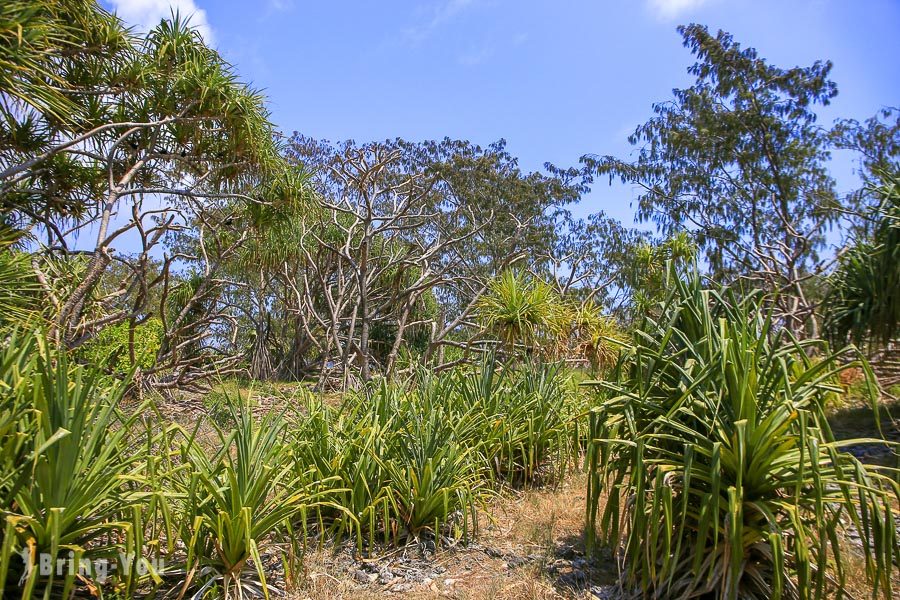
Lady Musgrave is the only unmanned coral island with a navigable lagoon on the Great Barrier Reef. It’s popular for bird watching and turtle hatching on the shoreline from November to February. Note that turtles will not come ashore to lay eggs at noon but you can still see traces of turtles crawling.
We were there in mid-November when the weather was really hot, and so was the island. There was barely any shade on the island, except for the primitive jungle.
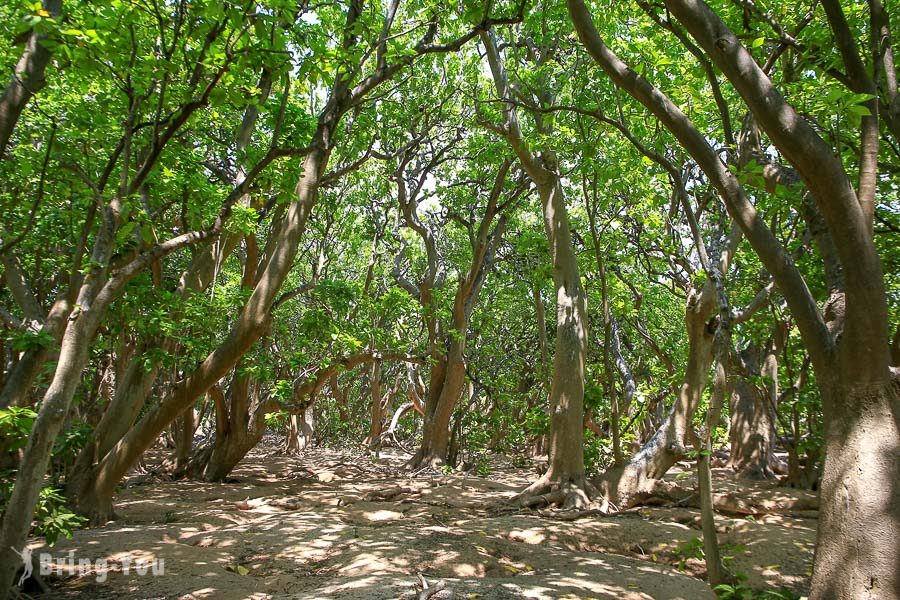
But walking into the jungle was pure joy. We’re sure nature enthusiasts would have a whale of time smelling the forest scent and spotting birds. But we must agree that those who are not so keen on forest bathing experience may find it a bit overwhelming with all the birds coming through at some points and their twittering chirps at the back.
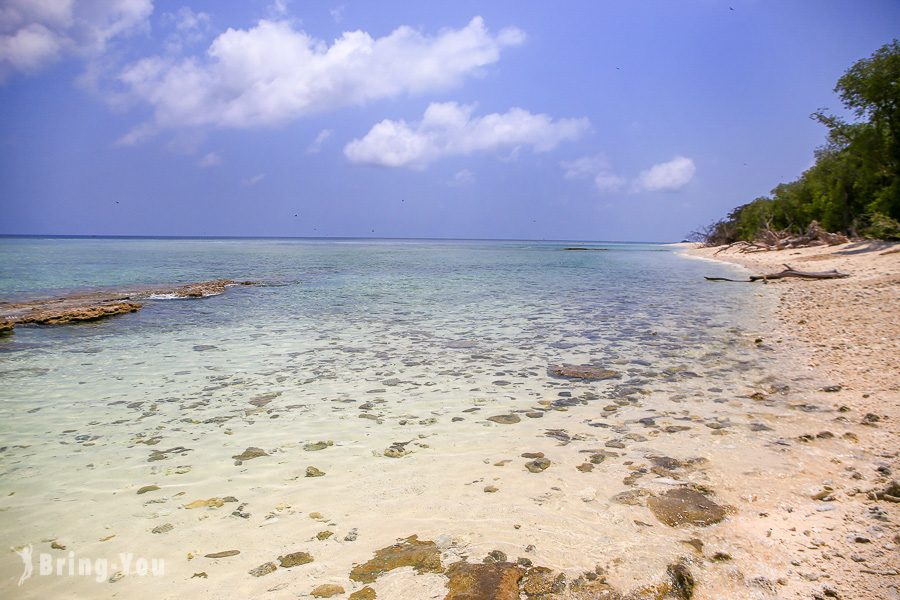
If you’re not a fan of this type of forest walk but more of a thrill-seeker, you’ll prefer the snorkeling section more!
Snorkeling on Lady Musgrave Island
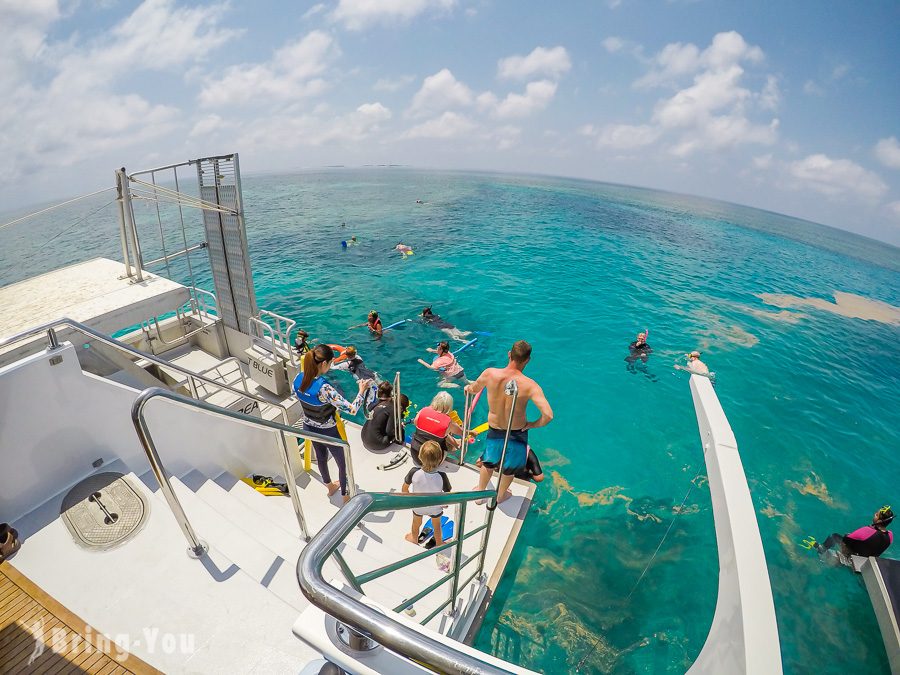
We moved on snorkeling around Lady Musgrave Island after a lovely buffet meal at noon. Snorkeling is optional and the guide will ask if you like to snorkel one day beforehand. If the water gets cold, you can rent a warm diving suit but it’s totally optional.
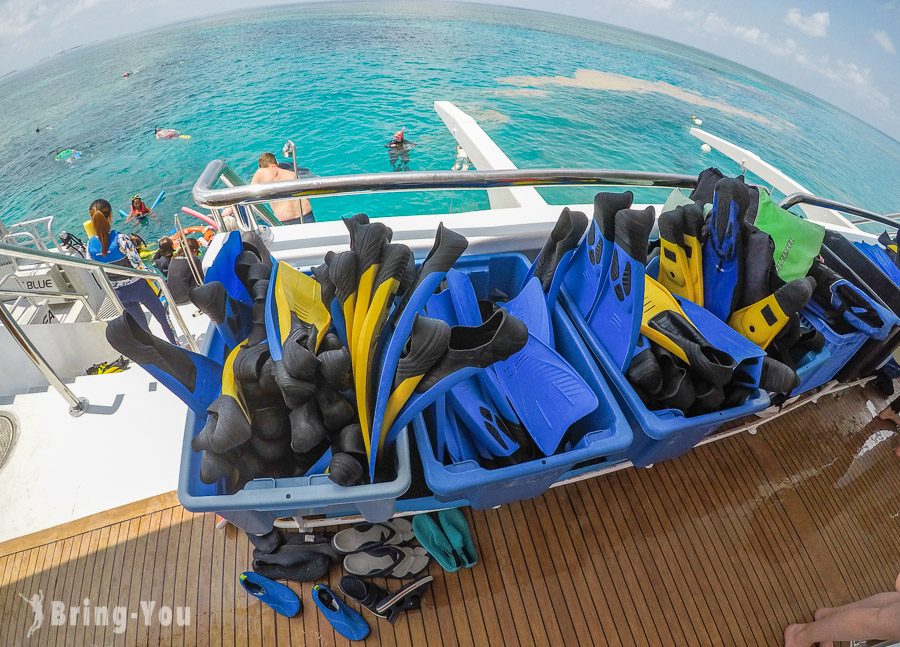
You can also bring your own Jellyfish diving suit to save some bucks from renting the warm diving ones. Plus, the water was not that chilly the day we were there so we only went with the jellyfish suits.
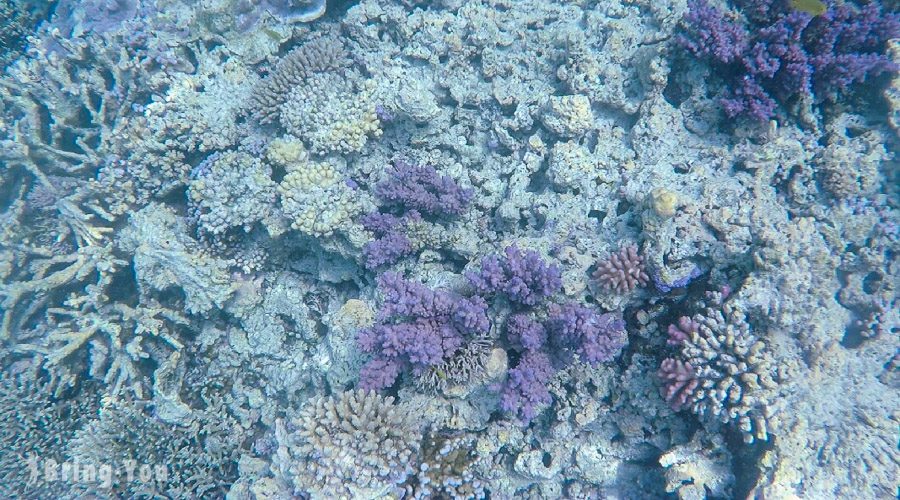
For us, snorkeling is one of the best ways to see the reefs up close, and you get to see how lively the marine life that’s coexisting on the coral reef is.
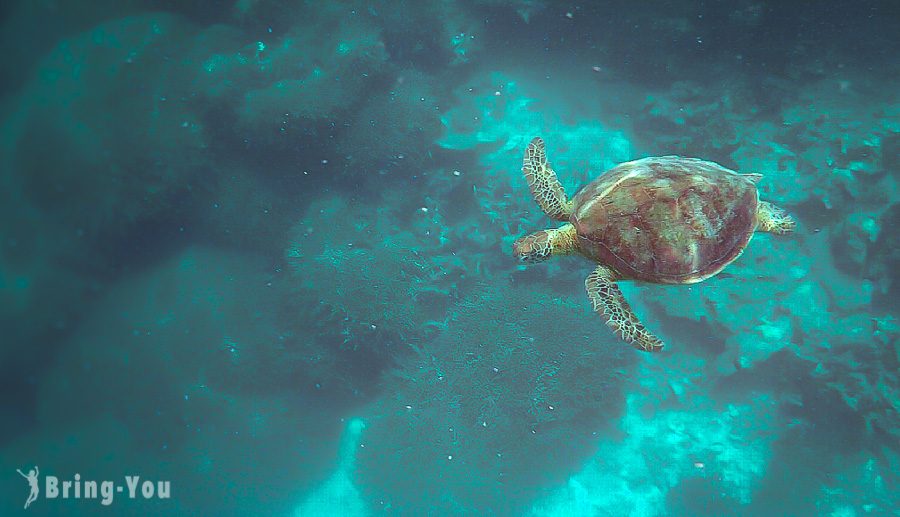
After discovering the reef with just a short time snorkeling, we finally understood how important it is for marine life to live under the shelter of the Great Barrier Reef. We saw so many kinds of fish of all colors and sizes.
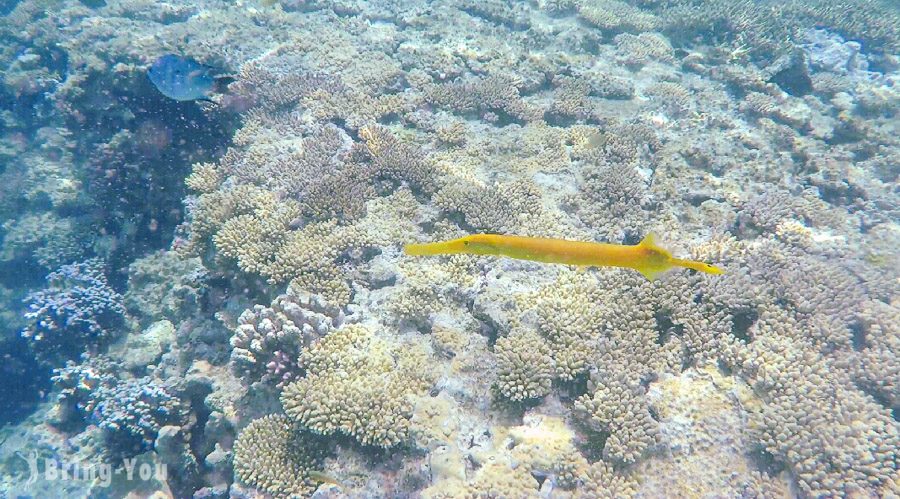
And to be honest, a few hours under the sea are not enough to embrace the beauty of the reef. If possible, you will want to spend the whole day there!
Kelly’s Beach Resort: One of the Best Places to Stay During Our Trip
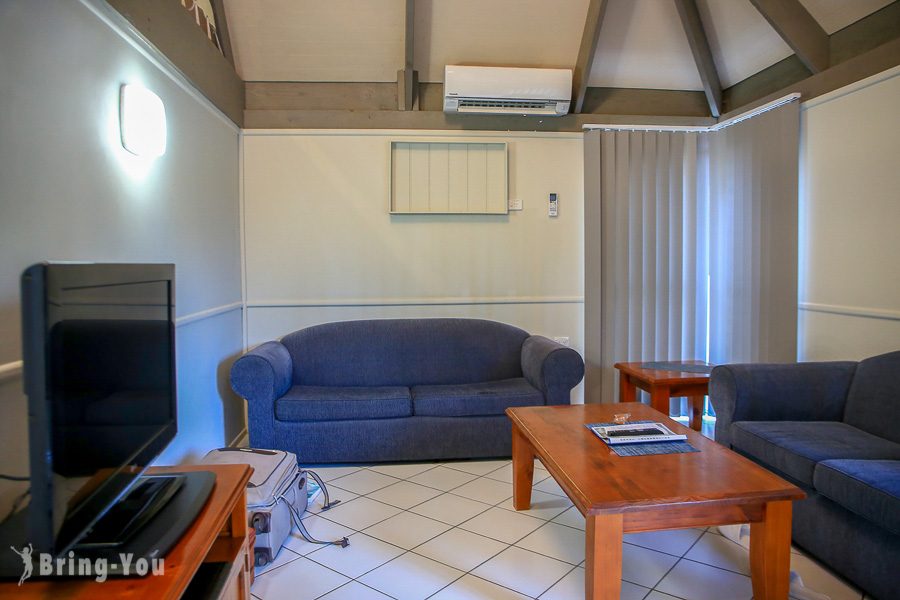
We stayed at Kelly’s as part of the tour and we had a lovely time here. It’s like a casual beach resort with an excellent location.
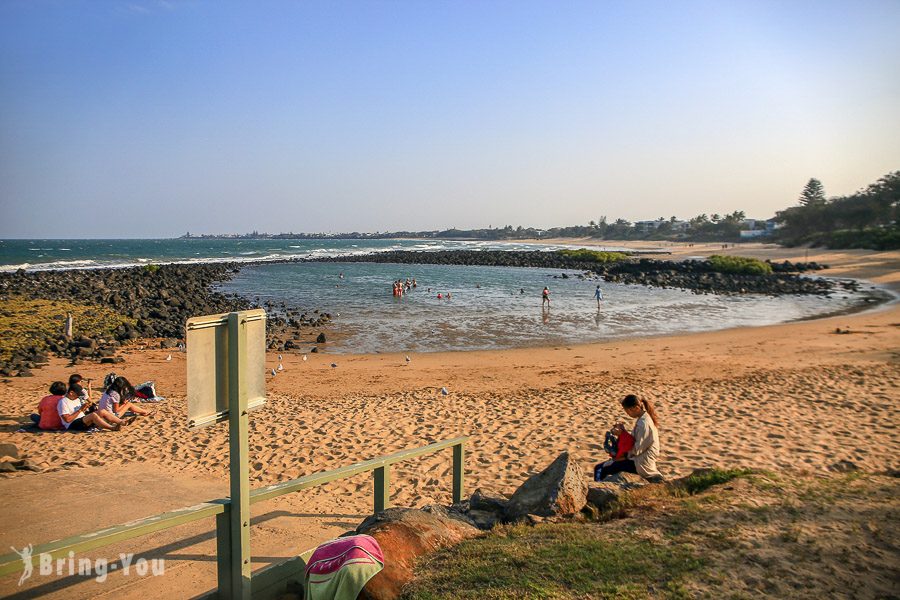
It’s near a nature reserve and steps away from the main swimming beach in Bargara. If you stay here, you’ll have a wonderful time being close to the water in a secluded retreat. Kelly’s Beach Resort is not disturbed by the buzzes from the main road, so you’re ensured to have a lovely getaway by a natural creek and forested area.
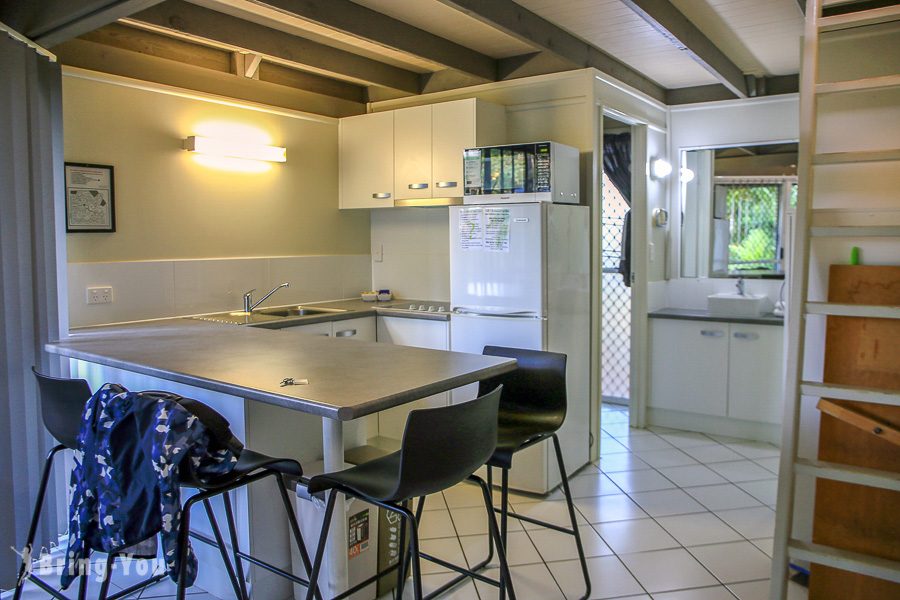
About the rooms, Kelly’s Beach Resort offers a variety of family suites with fully-fledged kitchen facilities. We upgraded to a private double bedroom with air-con
in the living room and fan in the bedroom.
Final Words: Watch Turtles Hatching at Mon Repos Conservation Park
That being said, a short afternoon is never enough to unveil everything the Great Barrier Reef has to offer, especially for those who like snorkeling. We were glad to be part of the tour but as if we could have stayed much longer!
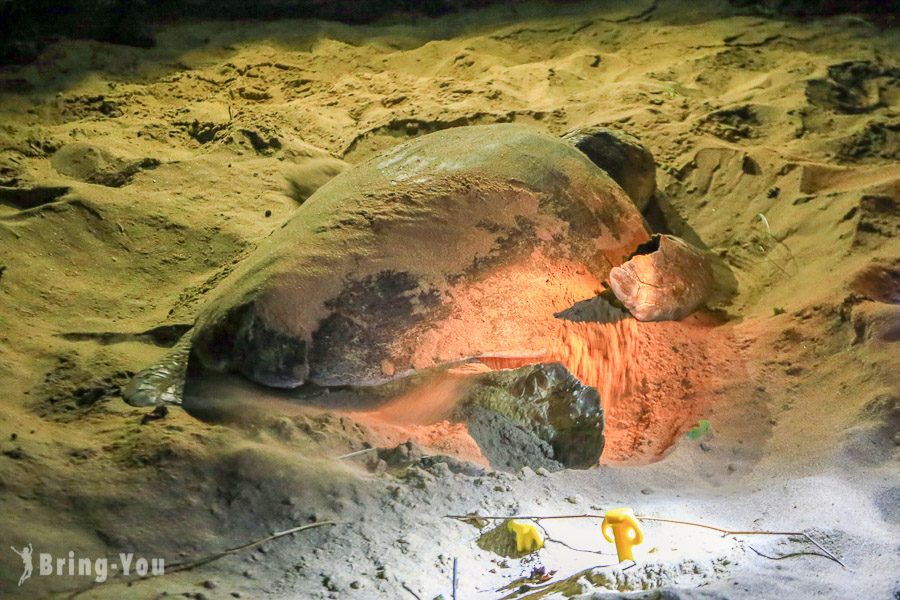
If time allows, don’t forget to stop by Mon Repos Conservation Park! This is one of the coolest places along the Queensland coastline to see turtles hatching.
If you joined the three-day Great Barrier Reef tour, they will take you here on the first day. The turtles we saw were huge, and many of them were Loggerhead sea turtles. This is a species of oceanic turtle. And it’s believed to have only 50,000 loggerhead sea turtles left on earth. We were lucky to be able to see them during November and learned how they land, build nests, lay eggs, and return to the sea.
